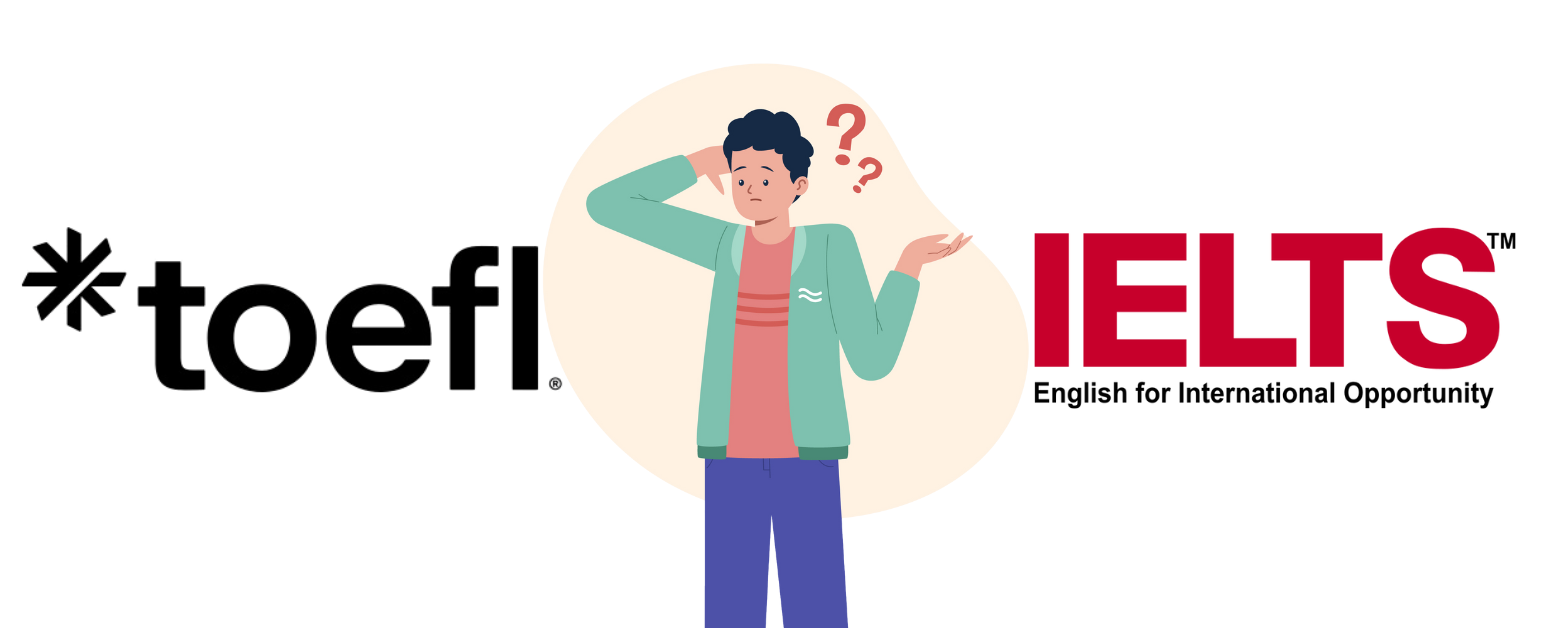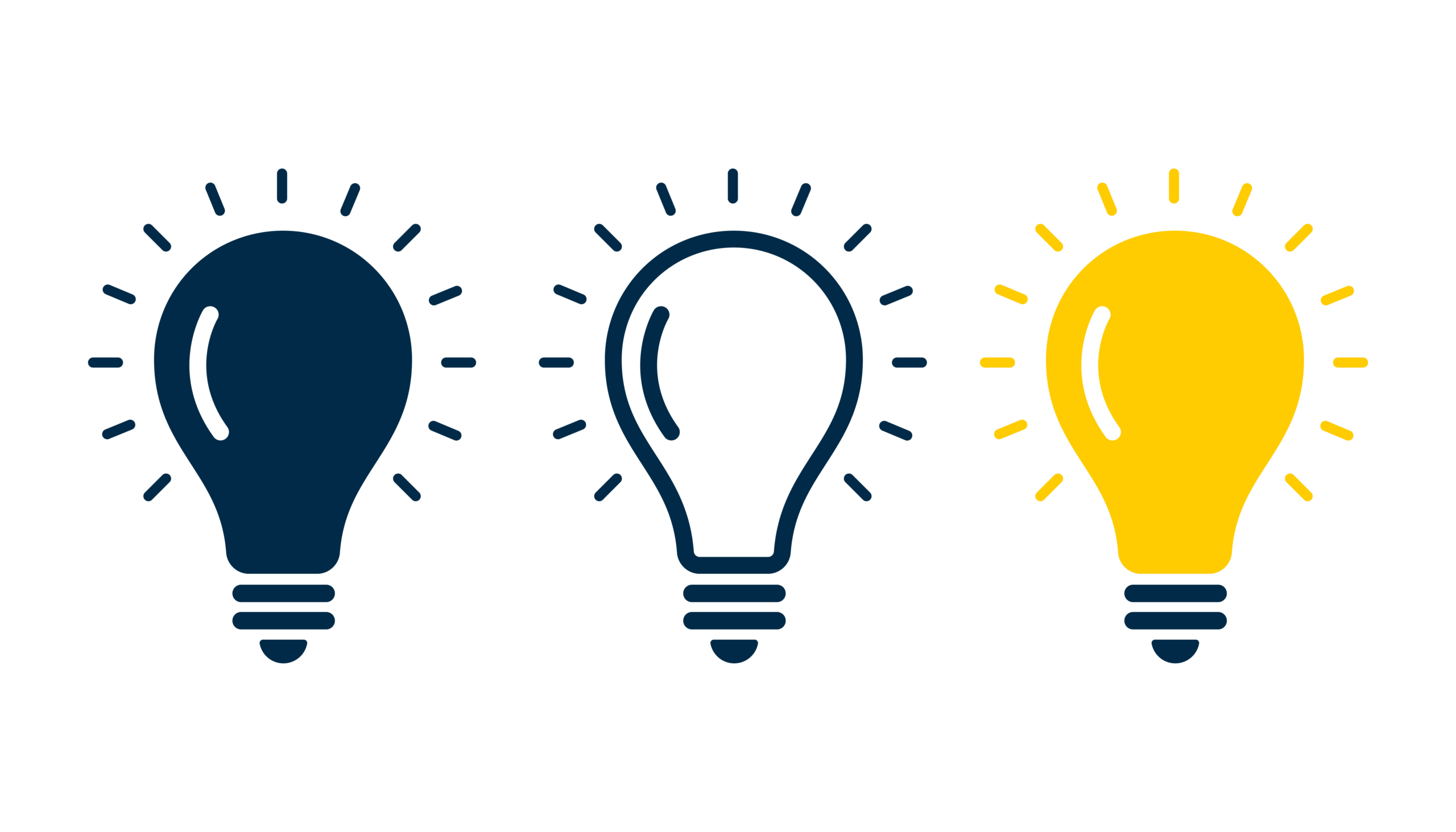Should You Take the TOEFL or IELTS for Studying Abroad?
TOEFL and IELTS are two of the most widely recognized English proficiency tests in the world, and often the first step in applying to universities abroad!
Today, most international universities accept both TOEFL and IELTS scores. Instead of choosing based solely on your destination country, you should select the test format that best suits your skills and preferences. This allows you to showcase your abilities and achieve the best results.
Valour breaks down the key differences between these two exams to help you choose the right path based on your English proficiency, learning style, and study abroad goals!
1. Introduction
| TOEFL iBT® | IELTS® | |
| Examination Fees | Approximately NT$7,700 (USD 250) | IDP: Approximately NT$7,700 BP : Approximately NT$8,300 (price increase effective from June 24) |
| Test Focus | Focuses on assessing academic English skills | Focuses more on practical application, commonly used in everyday conversations and daily life situations. |
| Test Format | TOEFL iBT is entirely computer-based:
Speaking: Answered using headphones and a microphone. Writing: Typed using a keyboard; scored through a combination of human and automated grading. |
IELTS offers both paper based and computer-based test formats:
Paper-based test: Answers are handwritten. Computer based test: Answers are typed using a keyboard. Speaking: For both formats, the speaking test can be taken as a one-on-one interview with a live examiner either in person or via online video call. |
| Question Types | Listening, Speaking, Reading, Writing | Listening, Speaking, Reading, Writing |
| Test Duration | There are 5 to 8 test dates every month, allowing test-takers to choose based on their own needs. | Paper-based test: 4 sessions per month Computer-based test: Available every day of the week |
| Test Location | TOEFL Authorized Test Centers TOEFL iBT Home Edition (At-Home Test) |
IDP IELTS Official Test Centers |
| Score Reporting | Results are released within 4 to 8 days after the test. | Paper-based IELTS: Results released 13 days after the test Computer based IELTS: Results released 5 to 7 days after the test |
2.Test Overview
| Listening Section |
|
|
| Speaking Section |
The first part is an independent task, where the test taker responds to a question based on their own ideas and experiences. The topics mainly focus on academic fields, such as art, humanities, and social sciences. |
Self introduction and interview, individual speech, and a two-way discussion
|
| Reading Section |
|
|
| Writing Section |
|
Task 1 requires candidates to describe a graph or process diagram. Emphasis is placed on clear structure, coherent arguments, and precise vocabulary usage. |
| Comprehensive Comparison |
|
|
| Score Calculation | Each section is scored out of 30 points, with a total score calculated by summing the four sections. The maximum total score is 120. | Each section is scored out of 9 points. The four sections are scored individually, and the final score is the average of the four section scores. |
| Special Score Calculation |
TOEFL iBT also offers the MyBest® scores option: |
Currently, IELTS offers the “One Skill Retake” option. After completing the full IELTS test, candidates who are not satisfied with their score in one specific section Listening, Reading, Writing, or Speaking can choose to retake only that section. This eliminates the need to retake the entire test, as was previously required. It also avoids the risk of scoring lower in other sections during a full retake. |
4. Q & A
Q: Which should you choose: TOEFL or IELTS?
A:
- TOEFL is a fully computer-based exam, making it suitable for students who are comfortable with reading and typing on a computer. Its reading and listening sections focus more on academic content, which is ideal for those with a strong academic English background. The speaking section is recorded via a computer microphone, making it a good fit for test takers who perform better without face to face interaction.
- IELTS allows for paper based reading and writing, and the speaking test involves a live interview with an examiner either in person or via video call. This format is better suited for students who excel in interactive communication. The listening and reading sections cover a range of real life topics including daily life, work, and education, making IELTS a strong choice for students planning to use English in diverse, multicultural settings.
💡 Myth Busting Time!
In the past, many people believed that TOEFL was mainly for applying to schools in the United States and Canada, while IELTS was suitable for the UK, Australia, and other Commonwealth countries. However, nowadays, the vast majority of international universities accept both TOEFL and IELTS scores. Test-takers should choose the exam format and question types that best suit their own strengths, rather than deciding solely based on the country they are applying to, in order to maximize their performance and achieve the best results.
No matter which exam you choose, it is essential to prepare thoroughly and understand the features and requirements of the test.
IELTS and TOEFL are among the essential documents for applying to universities abroad. Enroll in Valour’s one on one courses, where professional instructors will guide you to choose between TOEFL and IELTS based on your strengths! Through mock exams and targeted training, you can improve your test-taking skills and overall English proficiency. Ultimately, the key is to select the exam that best suits you and prepare wholeheartedly to achieve your target scores and realize academic and career success.



